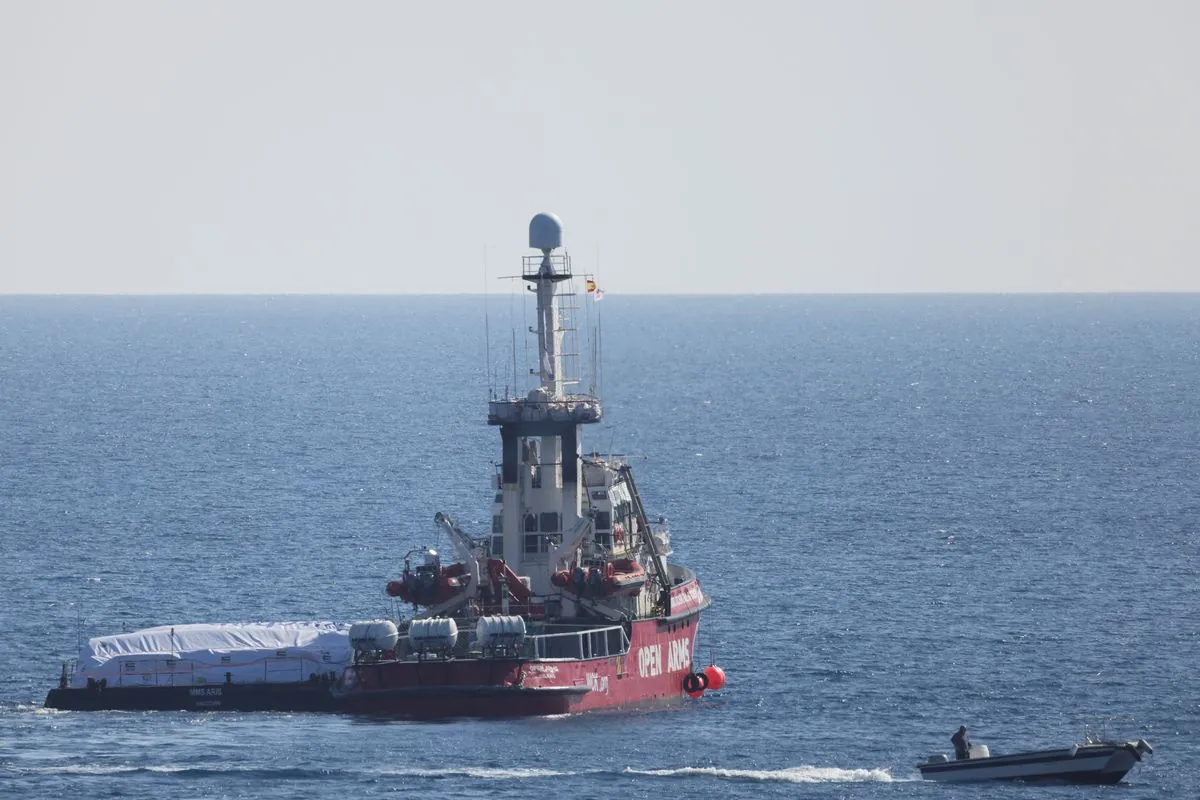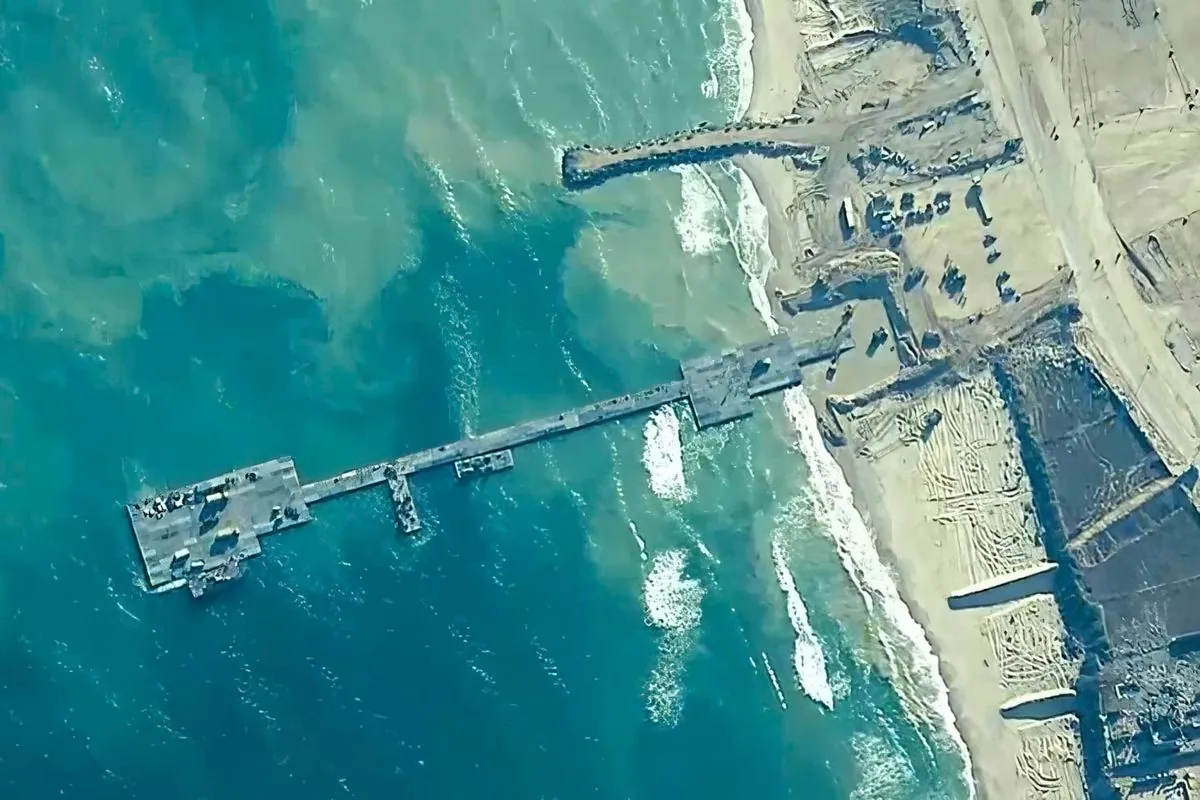Biden's Gaza Aid Pier: A $230 Million Project Faces Challenges
President Biden's temporary pier project in Gaza, aimed at delivering humanitarian aid, encountered significant obstacles. Despite its $230 million cost, the initiative fell short of its goals amid security and logistical issues.

In March 2024, President Joe Biden announced a plan to construct a temporary pier for delivering humanitarian aid to Gaza. This $230 million military-run project, known as the Joint Logistics Over-the-Shore system (JLOTS), aimed to address the dire food crisis in the Palestinian territory. However, the initiative faced numerous challenges and fell short of its ambitious goals.
The Gaza Strip, home to approximately 2.3 million people, is one of the most densely populated areas in the world. It has been under a blockade by Israel and Egypt since 2007, severely limiting access to essential resources. The territory relies heavily on international aid for basic necessities, with limited agricultural land and restricted fishing industry due to Israeli naval blockades.
USAID staff expressed concerns that focusing on JLOTS might detract from efforts to open land crossings, which were considered more efficient for transporting aid. Despite these reservations, the agency proceeded with the project following the President's directive.

The JLOTS project encountered significant obstacles:
- Weather conditions: High waves and bad weather repeatedly damaged the pier.
- Security issues: The proximity to Israeli military operations raised concerns about neutrality.
- Limited operation: The pier was only operational for about 20 days.
- Underperformance: The project fell short of its goal to feed 1.5 million people for 90 days, only providing enough food for about 450,000 people for one month.
The United Nations World Food Program (WFP) initially cooperated with the project but withdrew due to concerns about maintaining neutrality in the conflict. This decision came after an Israeli rescue operation near the pier area.
"The bottom line is that given how dire the humanitarian situation in Gaza is, the United States has left no stone unturned in our efforts to get more aid in, and the pier played a key role at a critical time in advancing that goal."
The USAID inspector general report highlighted discrepancies between commitments made to the WFP and the project's implementation. These included the pier's location and security arrangements, which differed from the initial agreements.
Despite the challenges, U.S. officials maintain that the project had a positive impact on delivering aid to Gaza. However, the territory continues to face severe humanitarian issues, including limited access to clean water, frequent power outages, and shortages of medical supplies.
As of August 2024, the situation in Gaza remains critical. The territory's young population, with a median age of around 18 years, faces an uncertain future amidst ongoing conflicts and economic hardships. While the JLOTS project aimed to alleviate some of these challenges, its limited success underscores the complexity of providing effective humanitarian aid in conflict zones.


































